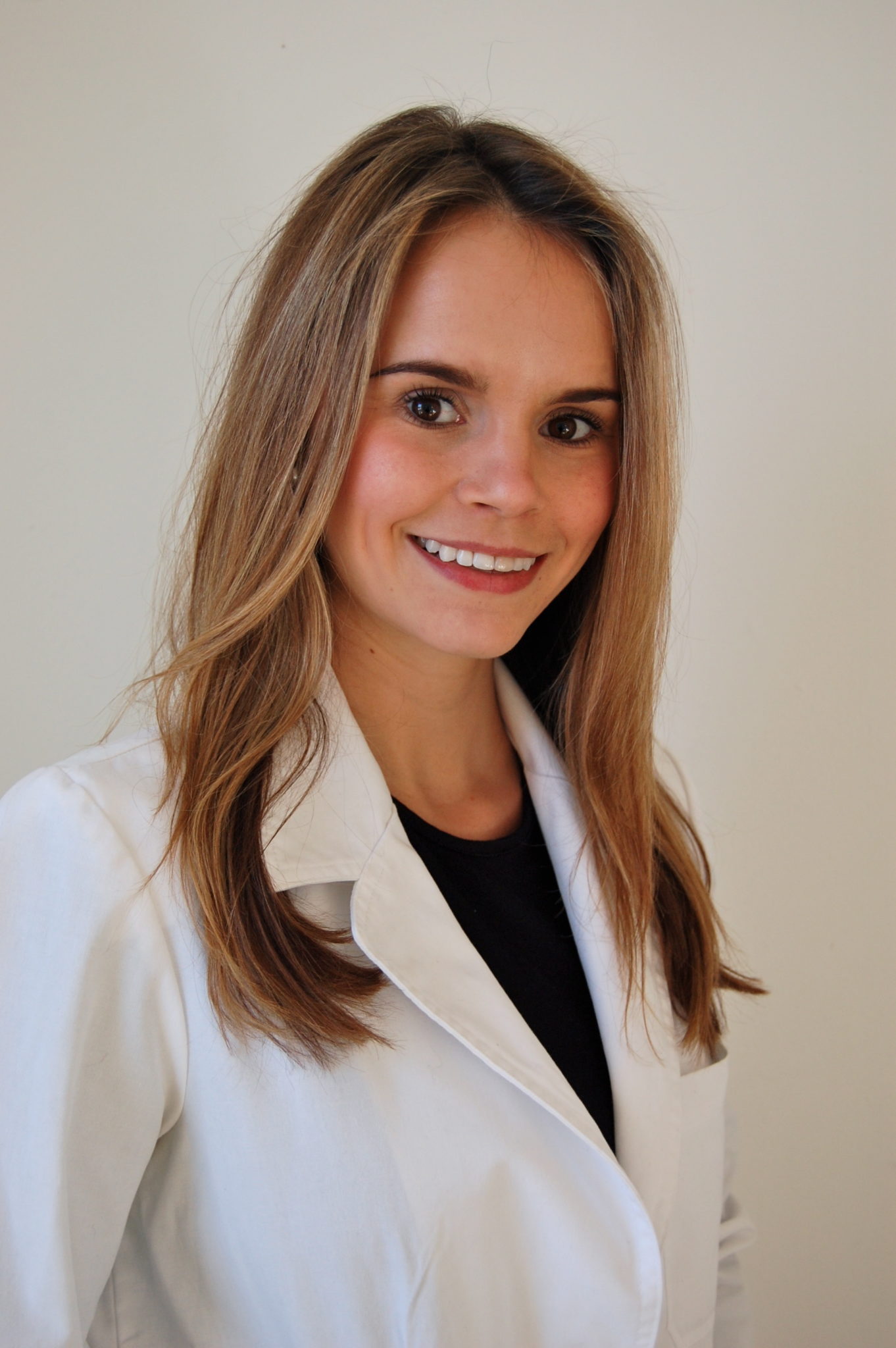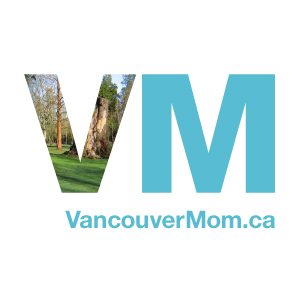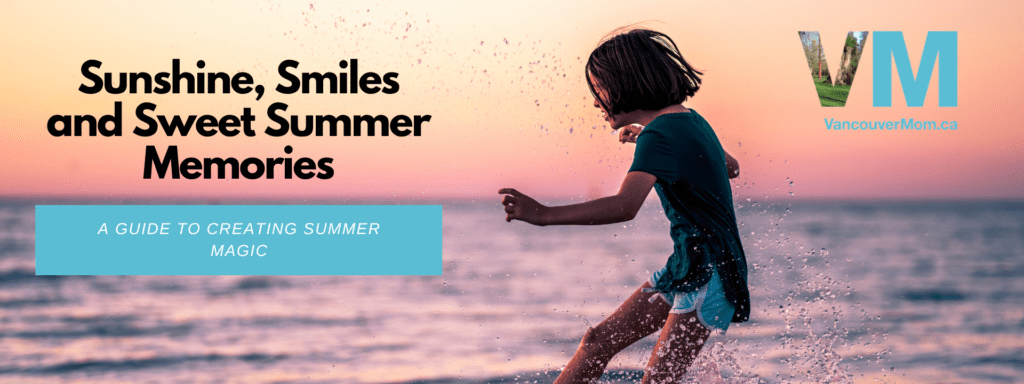Summer in Vancouver: Choosing a Safe Sunscreen

How do you choose a safe sunscreen? Guest contributor and naturopathic doctor Dr. Kali MacIsaac has tips.
Do you rely on sunscreen to protect you from sun damage? Most people do – we assume that slathering up is the best way to protect us from sun damage and skin cancers, like melanoma, that have been linked to sun exposure. While a high quality SPF can play a role in protecting you from getting crisp, for the best defense you must choose the right type, use it properly, and combine sunscreen with other sun-safe practices this summer.
Everything in Moderation
Some moderate sun exposure is healthy for us, but like most things in life, excess = dangerous. The benefits of sun exposure include hormonal regulation, mood balancing, and vitamin D production. Humans naturally produce vitamin D with sun exposure, and it is difficult to get enough of this vitamin from other sources. Vitamin D is an immune system supportive vitamin; higher levels are protective against cancer and degenerative diseases, supportive for bone strength, and assist with hormonal balance and fertility. The trick is to get enough sun exposure for the benefits, while reducing your risk of skin cancer from excessive sunning.
Choosing a Safe Sunscreen
Here are some tips for picking a safe sunscreen:
1. A High-SPF doesn’t mean you’re invincible: buying a high-SPF sunscreen is attractive because you can stay a little longer in the sun without getting burnt. While it’s great that your skin isn’t burning, SPF (skin protection factor) refers only to protection against UVB rays (the ones that burn) and not against UVA, which penetrate deep and suppress the immune system (the ones that are cancer causing). The FDA in the US has proposed a ban on selling sunscreens with an SPF greater than 50, saying that they are ‘inherently misleading’ to the consumer, making us feel invincible in the sun. While this ban has not gone through, you should know that there is little difference between an SPF 30 and an SPF 50+ in terms of its effectiveness in preventing skin cancer. You must reapply sunscreen every two hours while in direct sun, after getting wet, sweating, or toweling off, and combine sunscreen with other sun-safe practices like time in the shade and in a hat.
2. Not all sunscreen ingredients are created equal: there are two broad categories of sunscreen ingredients – chemical and mineral filters. Each blocks sunlight in a different way, and may have different effects on human health. The most common sunscreens contain chemical filters (like oxybenzone, avobenzone, or octisalate), which have been shown to absorb easily into the human body and have been linked to hormone disruption. For example, oxybenzone acts like estrogen in the body and has been associated with endometriosis in women. Mineral sunscreens usually use zinc oxide or titanium dioxide as the active ingredient, both of which have very low skin penetration and no evidence for hormone disruption, but may have inhalation concerns. A handful of products on the market today combine chemical and mineral filters. There is no one best sunscreen. But the Environmental Working Group has a great database where you can check the pros and cons of the brand you buy, and if hormonal disruption is a concern for you, choosing a mineral sunscreen may be best.
3. Sunscreens with added vitamin A might speed skin cancer development: the Environmental Working Group says that in 2014, 12% of the SPF moisturizers and 20% of the beach/sport sunscreens they evaluated had added vitamin A (usually called retinyl palmitate). An antioxidant, vitamin A slows skin aging, but studies have shown that it may speed development of skin tumors in the presence of sunlight. If you’re buying a sunscreen, check on EWG’s database to make sure it doesn’t have any added vitamin A – called retinyl palmitate, retinyl acetate, or retinol.
4. Sunscreen alone doesn’t prevent most skin cancer: despite the use of SPFs, rates of melanoma continue to increase. Most scientists agree that there is very little evidence to show that sunscreen prevents most types of skin cancer. That said, sunscreen should not be your only defense. Combine a safe sunscreen with time spent in the shade or with clothes and a wide-brimmed hat on. I personally like to take a sun break about once an hour – I go inside, let my eyes adjust, assess for any “pink” skin, and reapply my sunscreen. Any pink means I’ve gone too far, and won’t expose my skin for the rest of the day.
This summer, make sure you’re familiar with the ingredients in the sunscreen you use for yourself and your family. There is no perfect choice, but safe fun in the sun is possible! Choose a sunscreen that you’re comfortable with – one that has a moderate SPF (30 is a good choice) and the type of filter that’s right for you, and that doesn’t contain vitamin A – reapply it often and combine with other sun-safe practices like sun breaks and time in the shade. And get out there!
Enjoy the sunshine with your safe sunscreen.
 Dr. Kali MacIsaac is a Naturopathic Doctor in Vancouver, BC, Canada and she sees patients at Acubalance Wellness Centre. In her practice, Dr. MacIsaac is interested in exploring the “why” with her patients – she is willing to challenge the idea that health equals the absence of disease, and is interested in pushing the boundaries of what’s possible to help her patients reach their optimal potential. Dr. MacIsaac has a general practice, but has a special interest in working with digestive health, reproduction and fertility, paediatrics, hormonal balancing, and chronic disease. Connect with Dr. MacIsaac on Facebook (facebook.com/drkalimacisaac) and Twitter (@kalimacisaac), at her websites (focusmedical.ca, acubalance.ca) and follow her blog for more natural medicine info (focusmedical.wordpress.com)!
Dr. Kali MacIsaac is a Naturopathic Doctor in Vancouver, BC, Canada and she sees patients at Acubalance Wellness Centre. In her practice, Dr. MacIsaac is interested in exploring the “why” with her patients – she is willing to challenge the idea that health equals the absence of disease, and is interested in pushing the boundaries of what’s possible to help her patients reach their optimal potential. Dr. MacIsaac has a general practice, but has a special interest in working with digestive health, reproduction and fertility, paediatrics, hormonal balancing, and chronic disease. Connect with Dr. MacIsaac on Facebook (facebook.com/drkalimacisaac) and Twitter (@kalimacisaac), at her websites (focusmedical.ca, acubalance.ca) and follow her blog for more natural medicine info (focusmedical.wordpress.com)!
Would you like to write for us? We welcome well-written guest submissions with a local interest slant. Share your tips, review local businesses and highlight hot trends for Vancouver moms. Get all the info on our Contributor Page!



















